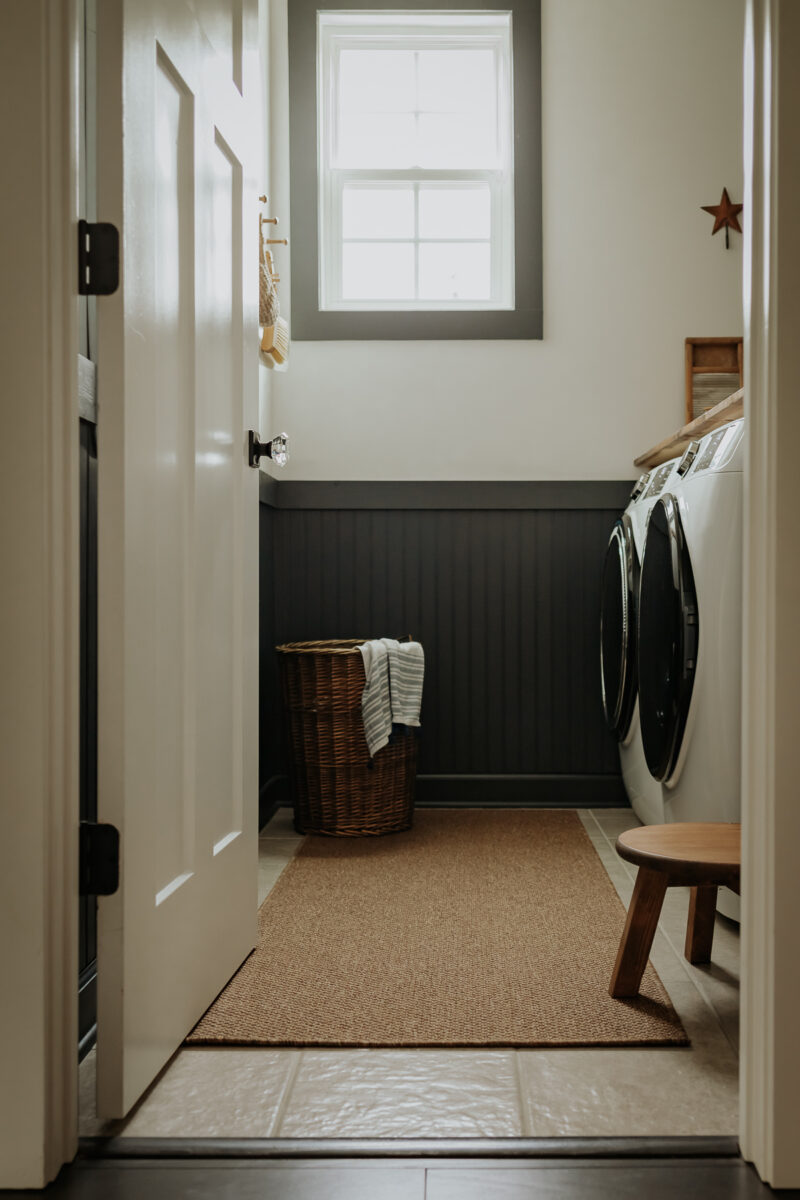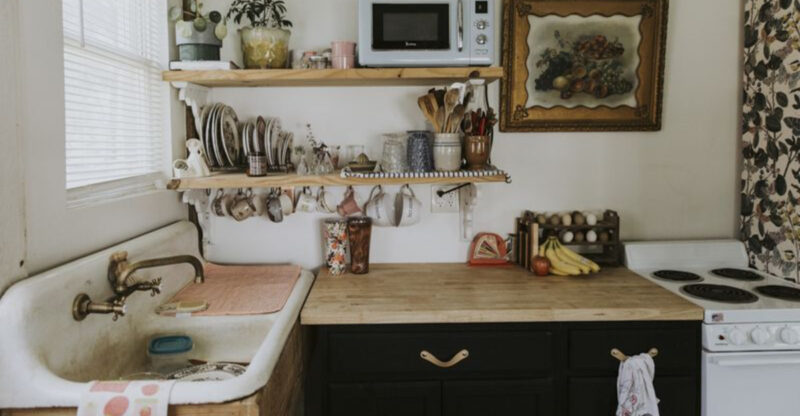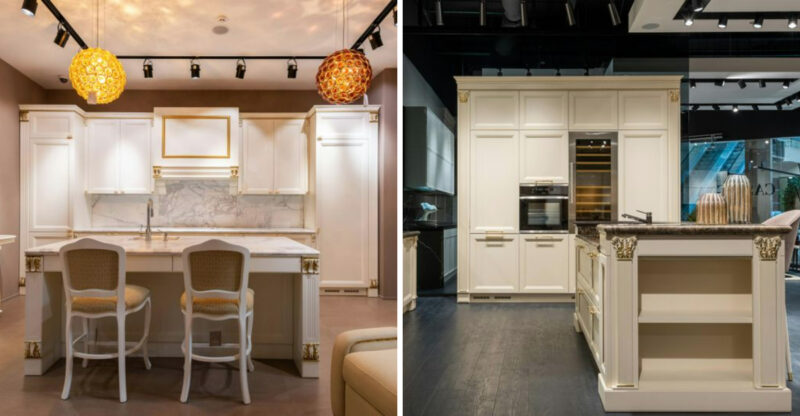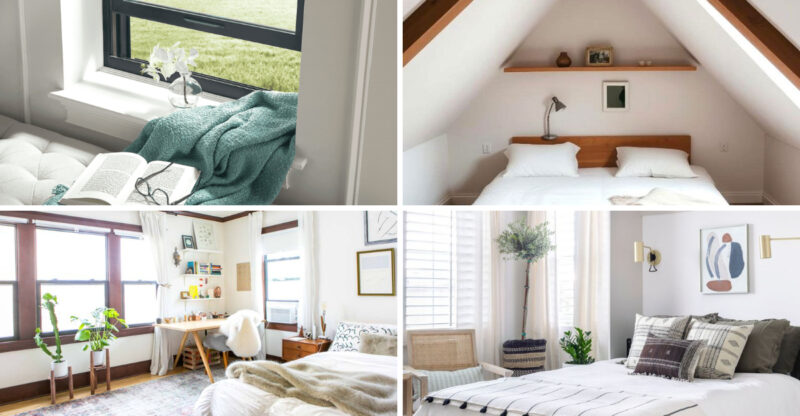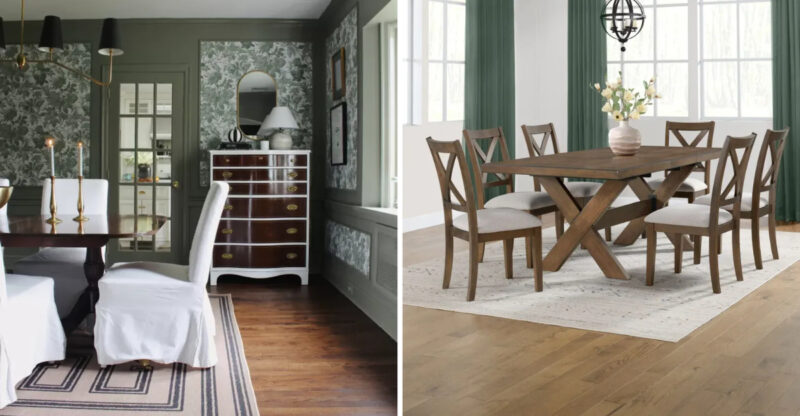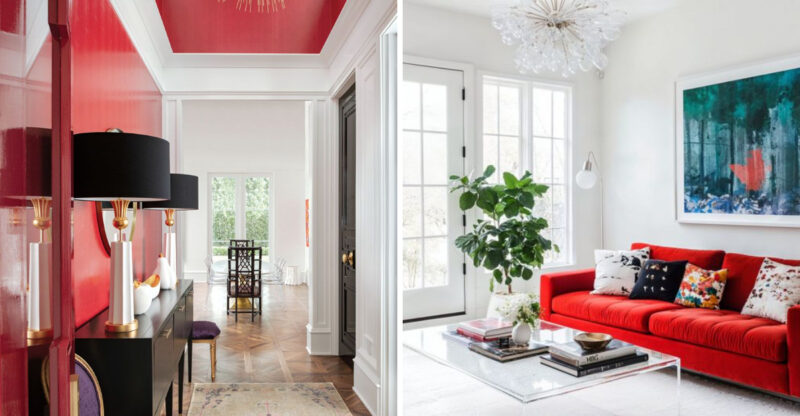9 Formal Dining Room Styles In Connecticut That May Be Making A Comeback
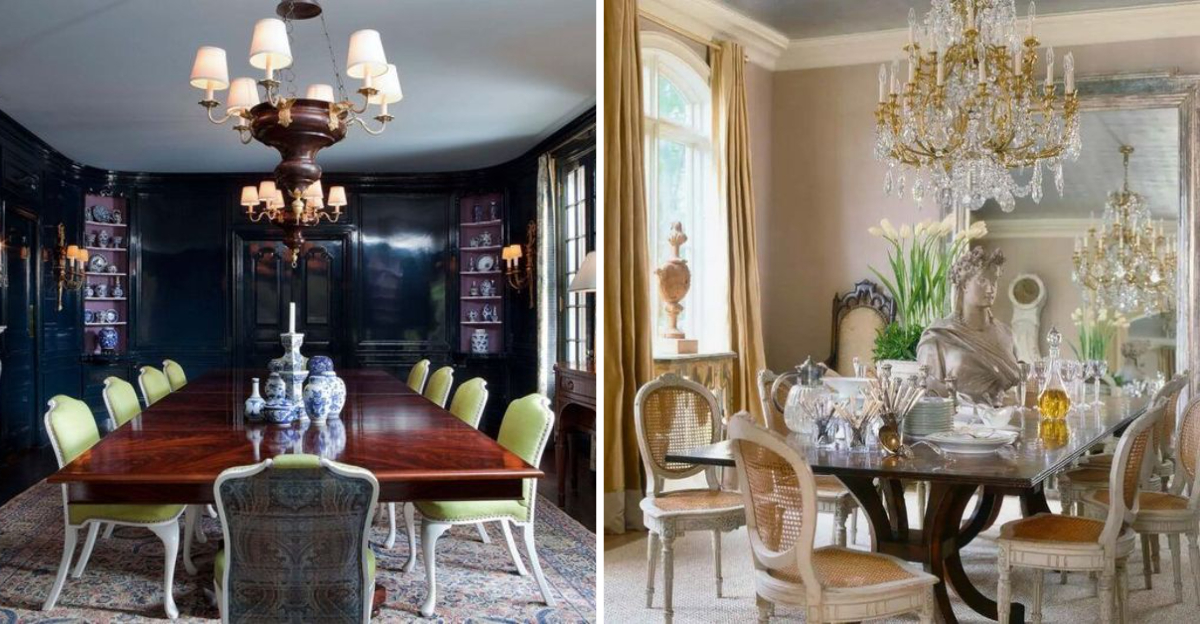
Connecticut homes have always showcased some of America’s finest dining spaces, with styles reflecting both the state’s colonial heritage and modern sensibilities.
Recently, I’ve noticed a fascinating trend – many formal dining elements once considered outdated are finding their way back into Connecticut homes.
Homeowners are rediscovering these classic features, blending them with contemporary designs to create spaces that honor tradition while feeling fresh and relevant.
1. Chippendale Chairs
Did you know Chippendale chairs were named after Thomas Chippendale, an 18th-century English cabinetmaker? These elegant seats with their distinctive ball-and-claw feet and intricate back splats are returning to Connecticut dining rooms with gusto.
I’ve seen homeowners pairing these historical pieces with modern tables for a stunning contrast. The rich mahogany finishes add warmth while the elaborate carvings bring character that mass-produced furniture simply can’t match.
Connecticut’s historic homes particularly benefit from these chairs, as they honor the colonial roots many properties share. For a contemporary twist, try Chippendale chairs painted in bold colors or upholstered with vibrant fabrics they’ll maintain their classic silhouette while feeling thoroughly updated.
2. Queen Anne Tables
Queen Anne tables have gracefully curved cabriole legs that seem to dance beneath their polished surfaces. These tables, popular during the early 18th century, are experiencing a renaissance in Connecticut’s formal dining spaces.
The refined silhouette brings elegance without overwhelming a room. I love how these tables often feature figured walnut or cherry woods that develop deeper, richer patinas over time telling stories of family gatherings through their gently aged surfaces.
Connecticut homeowners are embracing these tables for their versatility. They work beautifully in both traditional colonial homes and more contemporary settings. For smaller spaces, drop-leaf Queen Anne tables offer the perfect solution, expanding for dinner parties while maintaining a modest footprint for everyday use.
3. Wainscoting Walls
Wainscoting transforms ordinary walls into architectural statements that honor Connecticut’s colonial heritage. This wall treatment typically covers the lower third of dining room walls with wood panels, creating texture and visual interest.
It’s fascinating how wainscoting originally served a practical purpose protecting walls from chair damage but now returns primarily as a design element. Connecticut homeowners are experimenting with various styles, from traditional raised panels to more contemporary board-and-batten designs.
White remains the classic choice, but I’m seeing more adventurous color choices emerging. Deep navy, hunter green, or even black wainscoting creates dramatic backdrops for artwork and furniture. This feature pairs beautifully with both antique and modern dining furniture, making it a versatile choice for homes throughout the Nutmeg State.
4. Buffet Cabinets
Stately buffet cabinets are making a triumphant return to Connecticut dining rooms, offering both beauty and functionality. These substantial pieces provide essential storage while establishing a sense of permanence and tradition.
Many Connecticut homes feature vintage buffets that have been lovingly restored, their original hardware polished to a gleam. The generous surface area serves as the perfect staging ground for serving dishes or displaying treasured objects.
Where once these pieces might have seemed fussy or outdated, they’re now appreciated for their craftsmanship and versatility. I’ve noticed homeowners pairing antique buffets with modern dining sets for an eclectic look that bridges generations. For authenticity, look for buffets with Connecticut provenance local cabinet shops produced exceptional pieces throughout the 19th and early 20th centuries.
5. Crystal Chandeliers
Nothing captures light quite like the prismatic sparkle of a crystal chandelier suspended above a formal dining table. These magnificent fixtures are experiencing a genuine revival in Connecticut homes, where they bridge historical elegance with contemporary sensibilities.
The gentle tinkling sound as air currents move through the crystals adds an auditory dimension to dining experiences. I’ve witnessed how these chandeliers transform ordinary meals into special occasions, casting dancing light patterns across walls and table settings.
Modern interpretations often feature cleaner lines while maintaining the essential crystal elements. Connecticut homeowners are installing these statement pieces in unexpected spaces beyond the dining room – over kitchen islands or in grand entryways. For authentic period homes, antique shops throughout the state offer restored fixtures with historical provenance.
6. Wingback Chairs
Wingback chairs at the heads of dining tables are bringing back a sense of ceremony to Connecticut meal times. These distinguished seats, with their protective “wings” originally designed to shield sitters from drafts, make bold statements about hierarchy and importance.
Connecticut’s historic homes particularly benefit from these chairs, as they reference dining traditions dating back centuries. The high backs and generous proportions create a sense of importance for those seated in them typically the hosts or guests of honor.
I’ve noticed homeowners selecting wingbacks upholstered in unexpected fabrics vibrant prints or rich velvets to inject personality into traditional dining spaces. For smaller rooms, scaled-down versions offer the same architectural impact without overwhelming the space. This revival celebrates the ritual of gathering around a table with clearly designated places of honor.
7. Mahogany Sideboards
Mahogany sideboards with their rich, reddish-brown tones bring warmth and sophistication to Connecticut dining rooms. These substantial pieces harken back to a time when formal dining was an everyday affair rather than a special occasion.
The distinctive grain patterns of mahogany create visual interest even in simple designs. I’m fascinated by how these pieces often feature specialized storage silver drawers lined with tarnish-resistant fabric, compartments sized perfectly for linens, and cabinets proportioned for china.
Connecticut’s connection to maritime history makes mahogany particularly appropriate, as this wood was often imported through the state’s busy ports. Modern homeowners are embracing these pieces for their timeless appeal and practical storage. For authenticity, look for sideboards crafted by Connecticut’s historical furniture makers like Eliphalet Chapin or Thomas Seymour.
8. Patterned Rugs
Intricate patterned rugs are anchoring Connecticut dining rooms once again, defining the dining area while adding warmth underfoot. Persian and Oriental designs have particular staying power, their complex patterns hiding inevitable dining mishaps while adding rich color to formal spaces.
The tradition of placing rugs under dining tables dates back centuries, helping to protect wooden floors while absorbing sound. I’ve observed Connecticut homeowners selecting both authentic antiques and high-quality reproductions that reference traditional patterns while incorporating contemporary color palettes.
These textiles work wonderfully in Connecticut’s colonial and Federal-style homes, complementing period architecture. For a modern twist, try overdyed vintage rugs in vibrant hues or geometric patterns that reference traditional motifs. The right rug anchors the dining set while tying together other design elements in the room.
9. China Cabinets
Stately china cabinets with glass-front displays are reclaiming their rightful place in Connecticut dining rooms. These showcase pieces allow homeowners to display cherished collections while keeping them protected from dust.
The gentle glow of china behind glass adds depth and interest to dining spaces. I’m seeing Connecticut families proudly displaying inherited heirloom sets alongside contemporary pieces, creating personal galleries that tell family stories through objects.
Modern interpretations often feature cleaner lines while maintaining the essential glass-front display. For homes without built-ins, freestanding cabinets offer flexibility. Connecticut’s antique shops offer period pieces with local provenance, while contemporary furniture makers create updated versions with better lighting and custom storage solutions. This revival celebrates both the beauty of fine objects and the traditions they represent.

